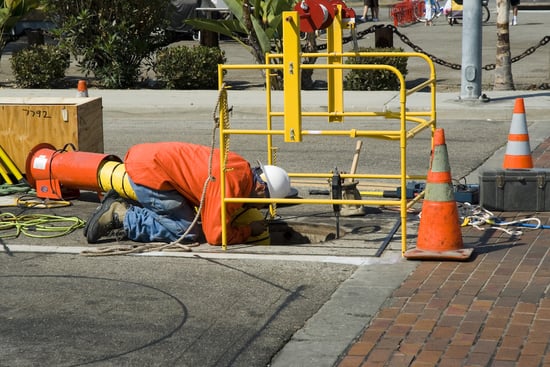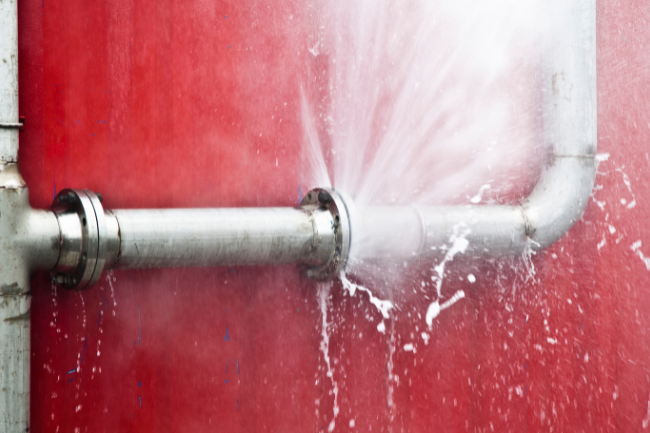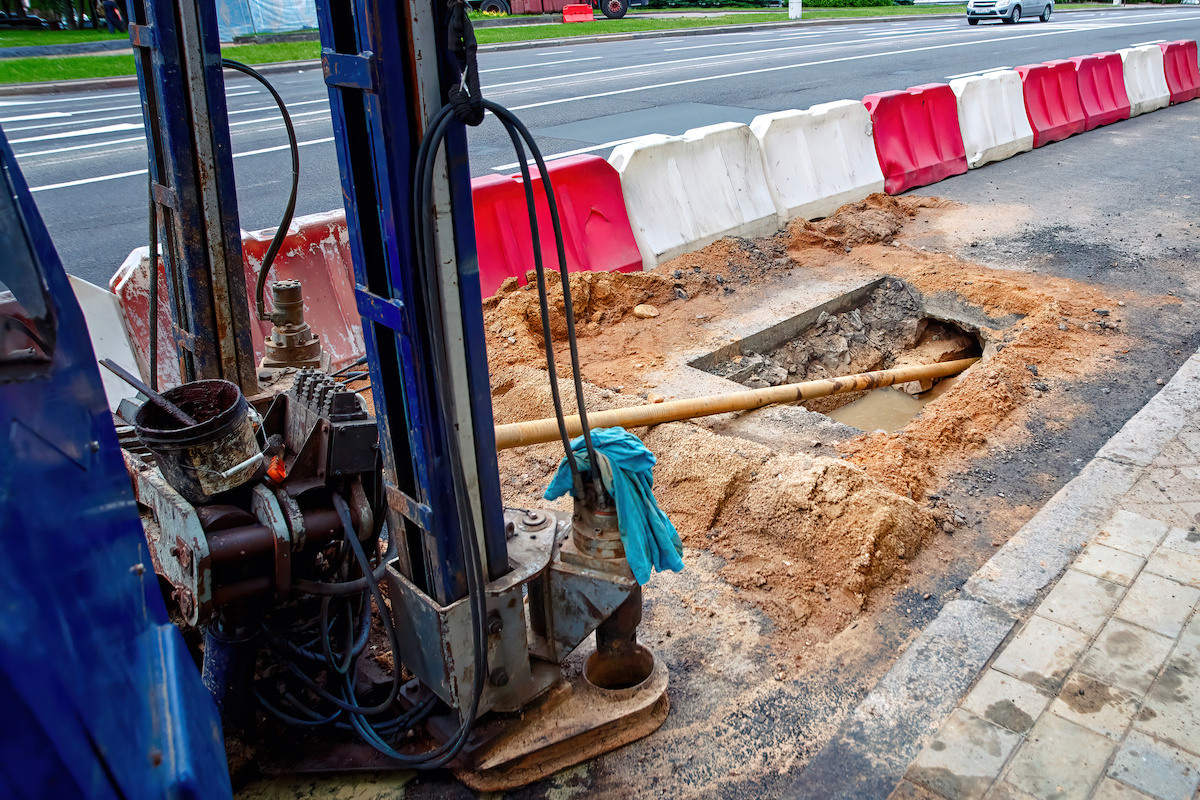How Affordable is Trenchless Pipe Repair vs Traditional Repair?
Posted by William Heinselman on
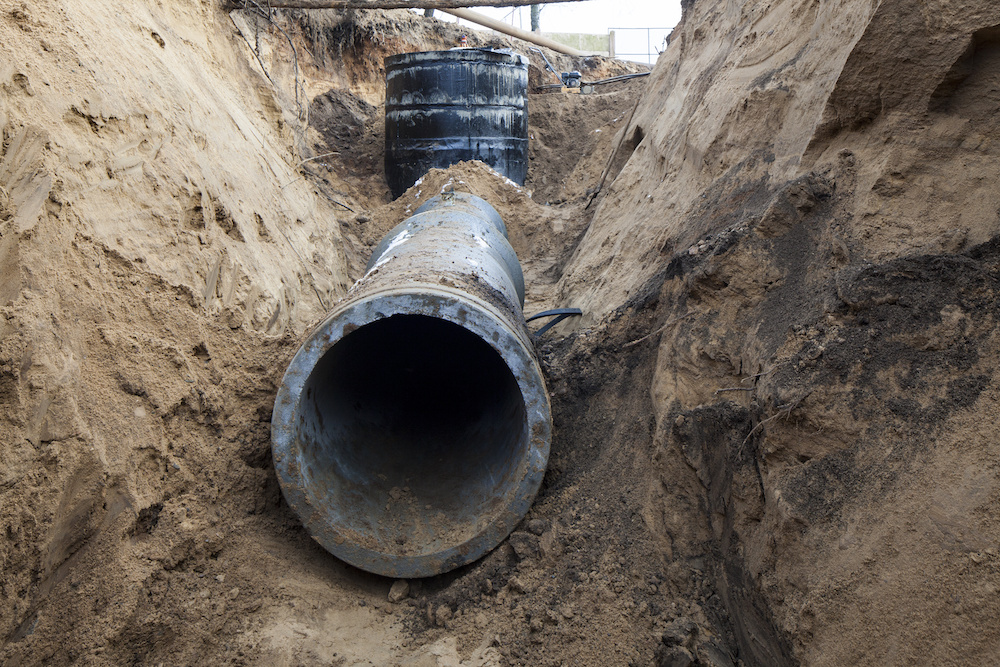
If there’s one problem that every homeowner dreads, it’s the prospect of discovering faulty or damaged pipes somewhere on their property. Whether it’s a water or sewer line, broken pipes can cause a number of problems if they’re left unattended for too long.
Traditionally, the digging required to repair or replace these sewer pipes was a major undertaking that could last for several days and inflict significant property damage. Today, however, trenchless pipe repair technology allows experienced plumbing contractors to do the same work in a fraction of the time with minimal digging during a sewer repair.
While trenchless techniques are becoming much more common for sewer repair, many homeowners question whether they are affordable compared to traditional repair techniques.
When Are Traditional Repair Methods Appropriate?
Ideally, trenchless technologies make sense when the damaged pipe is deep beneath the ground’s surface. Using an existing entry point, plumbers can access underground pipes and conduct repair work without damaging the surrounding land.
However, if your damaged piping is near the ground’s surface, and located away from the hustle and bustle of other pipes or underground electrical cables, then traditional repair or replacement methods would mend just the same. If you were to use trenchless technologies in this circumstance, you would be negating the purpose of trenchless sewer repair.
Beyond location of the pipes, there are a few other factors to consider when determining if trenchless or traditional is most appropriate for pipe repair work.
Cost Ratio
Costs can definitely get in the way of trenchless technology. While there is far less digging and labor involved with the process (which is a major advantage), the costs can come closer to excavation than you might be comfortable with. In fact, if the pipe is close to the surface, excavation costs might be so minimal that it becomes the cheaper option. Don’t forget the little details—it might sway your decision in either direction.
Situational Factors
Just like everything else in this world, everything is situationally dependent. You might have the perfect (or close to perfect) situation for your pipe to be lined or replaced through trenchless methods, or at the least have it be the cheaper, better option for your situation.
For example, pipe bursting, a trenchless technology, won’t be effective if a portion of your pipe is collapsed. Soil is also likely to shift over time which can cause underground pipes to sag or bend; this would also make trenchless technologies the lesser choice for pipe repair or replacement. Likewise, you might have other issues that make it easier, cheaper, and better for you to excavate the pipes rather than just relining.
Trenchless pipe bursting, in particular, is a poor solution for damaged pipes neighboring other pipelines or utilities, such as underground cables. During these repairs, technicians will run a steel bursting head through collapsed pipe segments, and physically push pipe fragments out of the way to make room for new pipelines. As fragments are pushed away via bursting force, they may pose a hazard to nearby pipelines or cables. Pipe bursting is a very efficient, cost-effective form of pipe replacement, but its safety depends on your unique situation.
Materials
Also, there is the matter of the pipe. We’d like to think that the ground beneath our feet is solid, but it’s not. Soil and sand shift as things compact and compress, and little movements over a great period of time might impact the integrity of the pipe. If the problems that you’re having are related to bending pipes or other deformities, then lining won’t be your solution, which is a major part of trenchless technology.
For instance, the pipe bursting method won’t work if a portion of the pipe is collapsed. When this happens, the bursting head won’t be able to make it through the pipe. Likewise, if the soil surrounding the pipe isn’t solid or there are other pipes around the one you’re replacing, you won’t be able to burst it.
The Upfront Costs of Trenchless Pipe Repair vs Traditional Pipe Repair
On paper, traditional sewer pipe repair solutions are very similar to trenchless repair solutions. As this method of pipe replacement is more common, homeowners typically have many sewer repair contractors to choose from, meaning they might find a range of price options depending on which plumbing service they select.
Every project is different, but the average cost of a traditional pipe repair ranges somewhere between $150 and $250 per foot depending on where pipes are located, the pipe materials used, and other related factors. By those figures, a job involving just 10 feet of pipe could cost as much as $1,500 to $2,500. Most sewer repair plumbing jobs require much more than 10 feet of pipe, however, and this figure accounts only for the labor and materials used to repair the pipe itself.
The cost of trenchless technologies varies based on the method utilized, such as lateral pipe lining or pipe bursting. Let’s take a closer look at each of these techniques for trenchless pipe repair.
Lateral Pipe Lining
Sometimes called cured-in-place piping (CIPP), this technology uses existing pipe, adding a layer of epoxy resin to re-line the pipe, repairing cracks and closing gaps to prevent leakage and soil intrusion—basically creating a new pipe within the existing pipe. Costs for lateral pipe lining can range from $135 to $150 per linear foot.
Pipe Bursting
Pipe bursting is a technique that uses a pneumatic or hydraulic head that destroys the old, broken pipe. During the pipe bursting process, your plumber also drags in a new pipe to replace the old pipe. This method tends to be a bit less expensive than lateral pipe lining, but average costs range between $150 and $190 per foot of pipe replaced.
Hidden Costs of Traditional Pipe Repair vs. Trenchless Repair
There are a number of additional costs to consider when making repairs to a pipe that the sticker prices listed above simply don’t cover.
For example, traditional trenching repairs don’t always include the cost of excavating the old pipe. Trenching for a water line can cost anywhere between $30 and $50 per foot, and an additional $35 to $65 per hour in order to cover labor costs. If the job is especially complicated, it may even require another contractor to perform the work. Also, if any large, heavy objects are located over the sewer pipes, there may be separate charges for relocating them before and after work is completed.
Even if the price estimate does cover the cost of digging up underground pipes, it almost certainly won’t include the cost of replacing landscaping after the fact. To repair their yard, homeowners often need to hire a professional landscaper to get things back to the way they were, which could cost thousands of dollars.
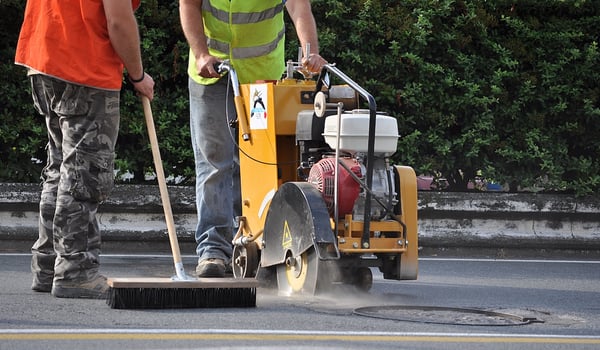
When doing repairs for commercial sewer and water pipes, the act of trenching can be extremely disruptive to business operations, blocking off sidewalks, driveways, or signage. If the project drags on for longer than expected, it could result in lost productivity and make it difficult to conduct business altogether. Similar to repairing lawns, traditional pipe repair work for commercial applications will require additional fees to repair the sidewalks and streets to their former state.
Trenchless sewer pipe repair technologies can bypass these costs because they’re minimally invasive. There’s no need to rip up landscaping and sidewalks and a trenchless sewer repair can also be completed in as little as a day, resulting in less disruption to businesses.
Taken as a whole, then, trenchless techniques are generally a faster, more cost-effective solution for most residential and commercial pipe repair projects. And since trenchless sewer pipe repairs have an average expected lifespan of 50 years, they can provide lasting peace of mind when it comes to your sewer pipes.
Trenchless Pipe Repair or Traditional?
Everything has a time and a place, and your plumbing solution isn’t any different. When weighing the two methods of pipe repair, keep in mind that each aims to accomplish the same goal and restore pipes back to their best condition. However, some of the costs might sway your decision.
Just remember that if your damaged pipe is close to the ground’s surface and away from busy streets and locations, then traditional repair or replace methods may be better to use. However, if you will have to excavate and interrupt traffic and routines, then trenchless technologies are likely your best bet depending on the condition of the damaged pipe.
Find Trenchless Sewer Repair Experts in Sacramento County
Repairing a broken sewer pipe doesn’t have to be a traumatic experience. The first step in addressing the problem is contacting an experienced plumbing contractor familiar with trenchless techniques to assess the situation.
At Express Sewer and Drain, we’ve worked hard to establish ourselves as an authority on trenchless pipe replacement and trenchless sewer repair in the Sacramento area. To find out whether a trenchless sewer repair solution is right for your residential or commercial property’s plumbing problems, contact us today.
Topics: Trenchless Technology, Sewers

